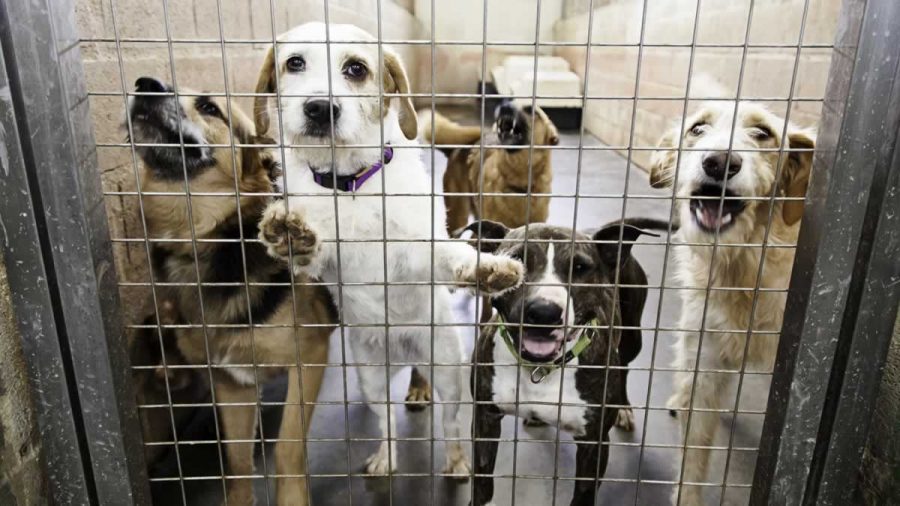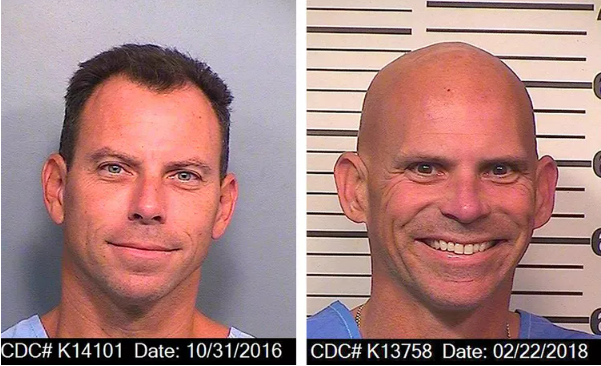Animal rights organization PETA euthanization rate alarming
In 2019, PETA euthanized 57 percent of the dogs and 72 percent of the cats it took in, according to a Newsweek report.
The People for the Ethical Treatment of Animals (PETA) best known for its animal rights advocacy and fighting against animal cruelty is garnering attention for being responsible for an alarming number of animal euthanizations.
According to Newsweek, 1,578 of 2,421 cats and dogs in one PETA shelter were euthanized in 2019. This number is causing concern as over half of the dogs and cats that enter the shelter are put down. For such a dedicated anti-cruelty organization, this seems to fly in the face of its mission that includes shaming tactics for meat consumption to degrading those who refer to their pets as, well, “pets.” According to the same article, “PETA euthanized 57% of the dogs it took in and 72% of the cats.” Only 28% of the cats die a non-medically induced death or leave the shelter.
“Looking at these numbers now they are truly staggering, I think everyone, myself included was under the impression that PETA would never kill any animals and I’m very surprised to hear that they do these things and attempt to hide it,” Olympic Heights senior Rafael Ferreira commented.
According to statistics, less than nine thousand dogs and cats out of nearly 50,000 were kept alive under PETA’s care in 2019 alone. On the PETA website is an explanation for why they choose to euthanize, saying that “sometimes the most humane thing we can offer them is a peaceful release from a world that has betrayed them.” However, this is not enough justification for many people. With such high euthanization rates, it is understandable why people remain skeptical.
“I never believed that an organization like this could get away with so much just because they advertise the opposite,” OH senior Diogo Verde said. “[It] makes you think how many other companies are doing the same thing.”
petakillsanimals.com is a website dedicated to PETA’s euthanization rates and controversies. According to the site, an investigator with the Virginia Department of Agriculture and Consumer Services stated that “the facility does not contain sufficient animal enclosures to routinely house the number of animals annually reported as taken into custody.” This has stirred the pot further by appearing to be a possible motive for the high rate of euthanizations.
There is not enough space for the reported number of animals in their enclosures, so extermination may be valid in the eyes of the PETA for population control. This reporter also found during his investigation that 84 percent of animals taken in were euthanized within the first 24 hours, an extremely high number that causes concern for many animal rights activists.
Such activists argue that these animals should have another chance at a better, more comfortable life; however, it appears that the animals’ self-proclaimed savior way too often takes the easy route of euthanization rather than the more difficult route of rehabilitation of the animals it “rescues.”
A simple internet search reveals countless articles describing in detail the horrors that take place under the auspices of PETA. While euthanizing may be necessary in some circumstances, it can be argued that it should not be done at the rate it is carried out at PETA, an animal rights group. Animal rights activists argue that when an organization such as PETA preaches its beliefs in such a pressuring, shaming way, they should at least abide by the beliefs they purport.











